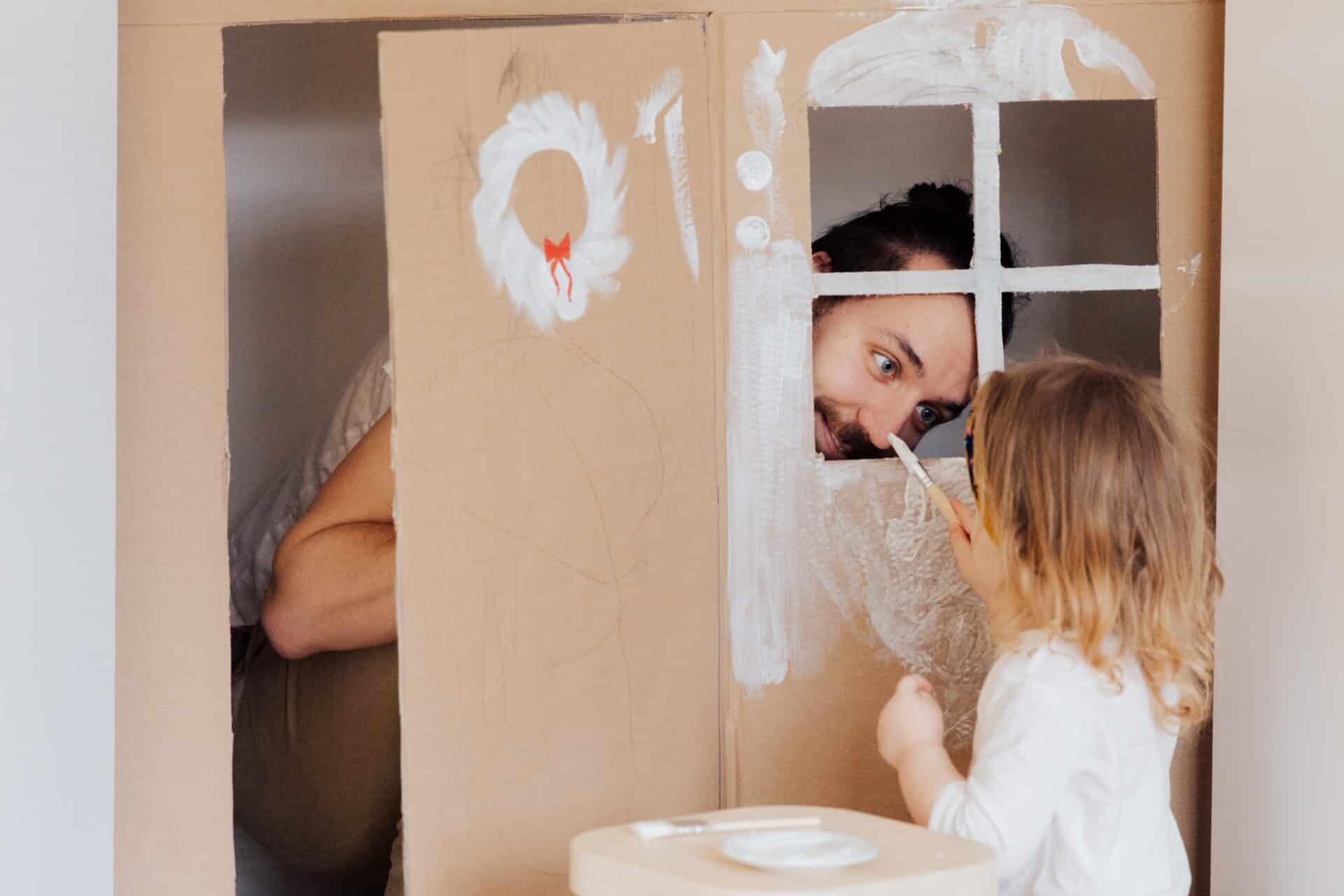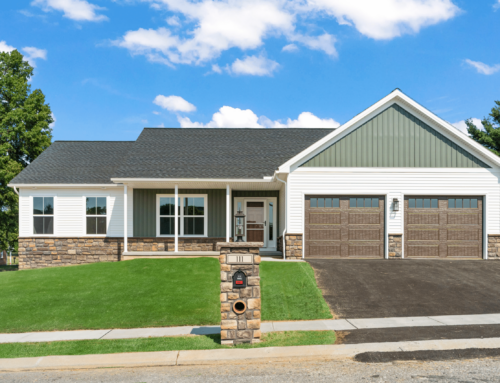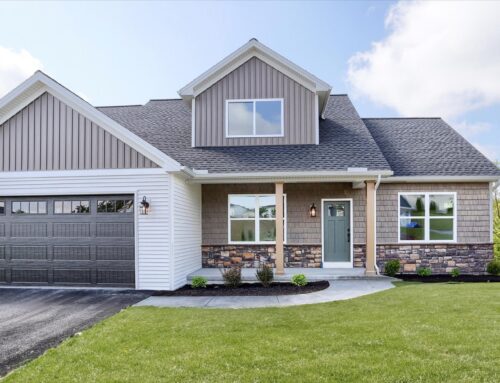You’re young, your family is growing, and you’re eager to build the best house possible to last for years and years. Congratulations! Now is a great time to start planning so you can enjoy your home-sweet-home as your growing family evolves from two to three to many.
As part of your due diligence, consider these eight important elements integral to the custom-building process, especially if you’re at the launch of your family life.
1. The Home Layout
It’s easy to just go with standard layouts when you’re building your first home, but think beyond the given architecture. Imagine yourself actually living in the house. What is most important to you? Colored floor plans make it easy to see areas for entertaining, storage, de-stressing, and flexible space.
For instance, many young couples want to have clear sight-lines indoors and outdoors so they can be in constant visual contact with their children. This usually means an open floor plan and window and door access to exterior spaces. Imagine yourself in each room, and envision your ideal visibility level.
Additionally, watch the tendency many young couples have to stick with only three bedrooms. If you expect a larger family in the future, talk to your builder about adding a fourth or fifth bedroom. Remember that a three-bedroom home can become crowded very quickly with the birth of children!
Finally, talk about sleeping areas. Do you want all the bedrooms on the same floor? This is usually the case for couples with younger children. Even if you have no kids today, you’ll want to plan for the eventuality. During the night, youngsters often get up or want assistance or comfort. Be sure you make it easier on them – and you! – to accommodate this need.
2. Cleanliness
Keeping a home spotless when you have a growing family is tough, but not impossible by any means. Proper home building planning can minimize clutter. Be sure to include plenty of spaces for overflow of “stuff” that accumulates over the years. Spaces may include closets, pantries and basement rooms.
In addition, consider adding a drop-zone or mudroom. This gives everyone a place to drop their items when coming in from outdoors. No more dirt and grime tracked throughout the house – it will mostly be contained in one easy-to-maintain area!
3. Safety
We all want safety for our loved ones, and you can make this a mantra throughout your discussions with your preferred custom builder.
Begin by looking at the neighborhood you’re building in: Does it seem safe? Do the streets and sidewalks seem safe for young children on bikes, trikes, skateboards, or other devices? Will you be comfortable walking and playing with your kids outside after dinner or on the weekends?
If you choose to build in a planned community, you may find that your safety questions are simpler to answer because these issues have already been addressed by the developers and builders.
4. Education
Another topic of conversation for young families building new homes is their hometown school district. Be sure to do some research before construction begins; many parents are surprised to learn that the school district they think they’re in isn’t accurate.
Many school districts are zoned in unusual ways. Simply because your home address is in a particular city doesn’t mean your children will be attending that city’s most well-known school district schools. Definitely do the legwork, and be certain to look up all the schools’ – elementary, middle and high – reputations online.
5. Extended Living Spaces
Nothing is as wonderful as having options, especially when your growing family gets bigger!
Many couples building their first homes decide to add spaces that extend their relaxation and entertaining options. For example, a popular addition is a deck or patio. While this outdoor space is typically only used during nice weather, it provides a wonderful, natural place to gather and eat, as well as the feeling of a larger home.
Another fun addition is a game or family room, often included in the basement or lower level of the home. What could be better than having one location where everyone can be a little messier (and we all enjoy that kind of down time!) without cluttering up the main living areas?
6. Multi-Generational Possibilities
Is the probability high that you might eventually bring your parents home to live in your custom-built residence? Many young couples consider this option.
Should you feel this is a likelihood, why not talk to your home builder about in-law quarters? Even if you don’t need them for a few years, they offer a wonderful location for out-of-town guests to stay when visiting. Plus, if and when you decide to sell your home in the future, in-law quarters can be appealing to many buyers.
7. Convenience
We all know that time tends to fly by, so we want to maximize it. You can do this by adding conveniences to your new home, such as a laundry on the first or second floor. Putting the washer and dryer in the mudroom or drop-off zone instead may be a blessing, as kids can dump dirty jerseys, socks, hats, scarves, and mittens right into the washer when they enter the house.
In past generations, laundry rooms were placed in the basement or lower level; today’s young families want to be able to spend less time trekking around the home and more time hanging with their loved ones!
8. Value
Finally, it’s important to look at the budget when you’re building. You don’t want it to get out of control, but at the same time, you want to invest in spaces and upgrades that add value, such as ultra-modern kitchens with at least two eating spaces, or bathrooms with both a shower and luxury bathtub.
Waffling between adding a bedroom or not because of cost? Think hard about the long-term savings and value. Although it might add a bit to your mortgage payments, it could be worth the minimal costs down the road when you have the space you need to grow.
It’s time to build the dream house that you’ll love to come home to! With a bit of forethought and research, you can make your wishes come to fruition.











